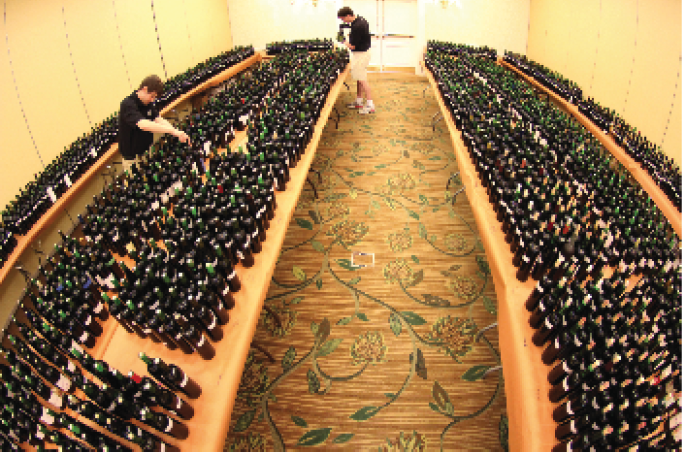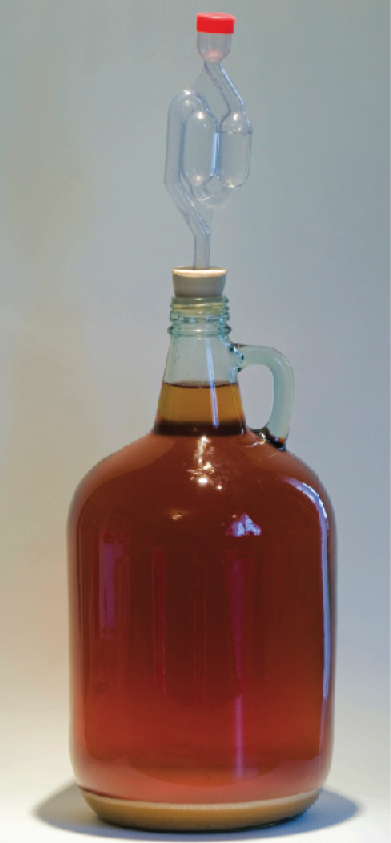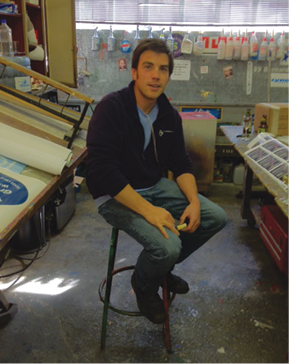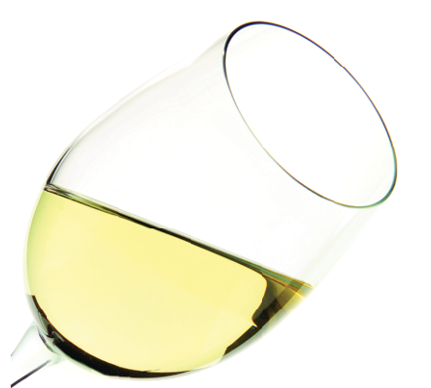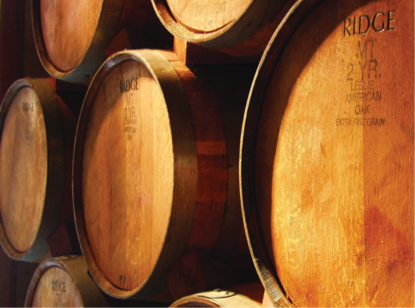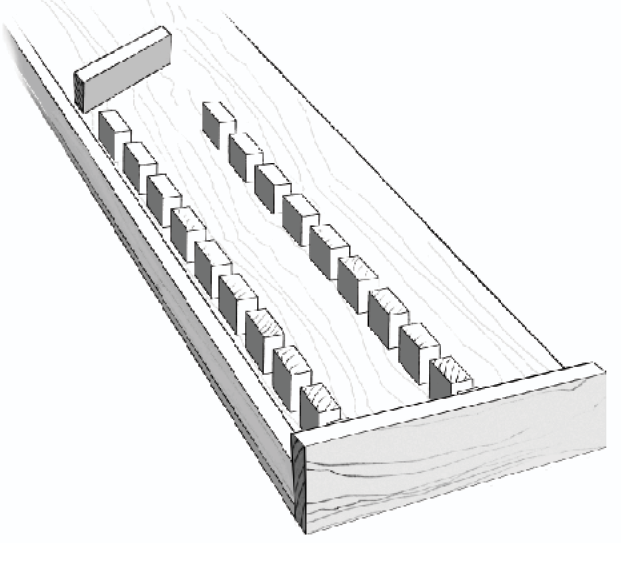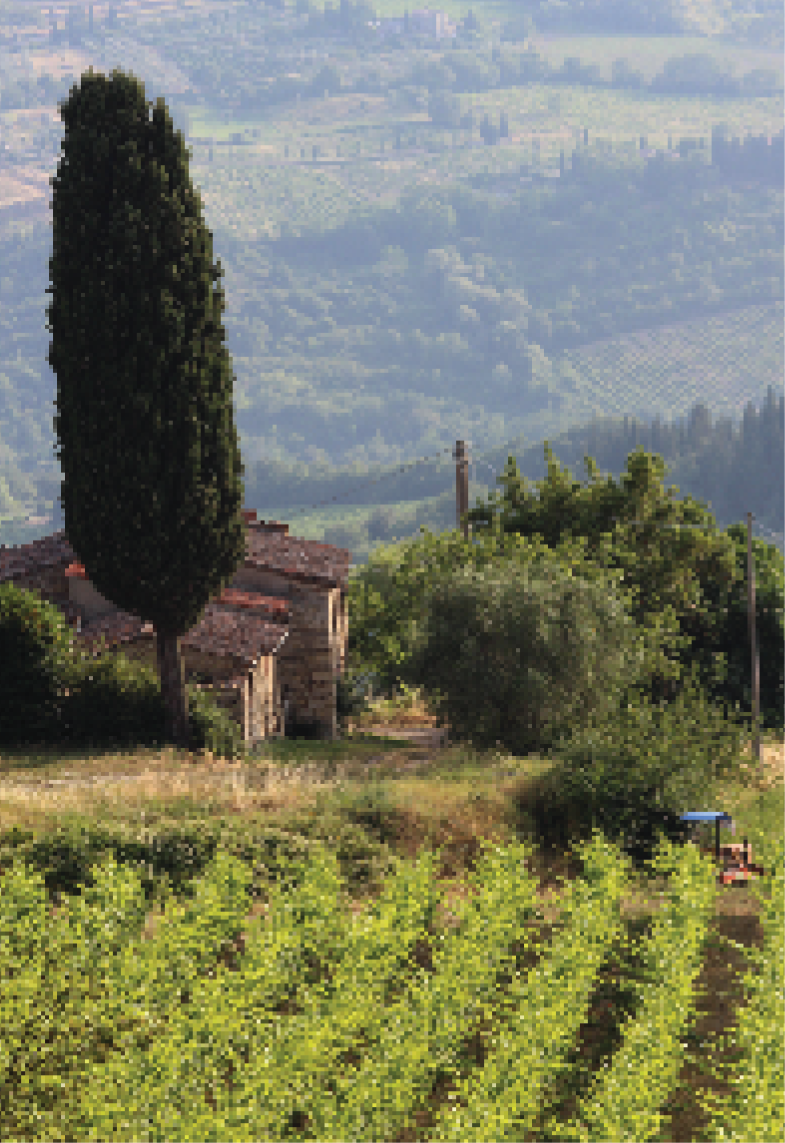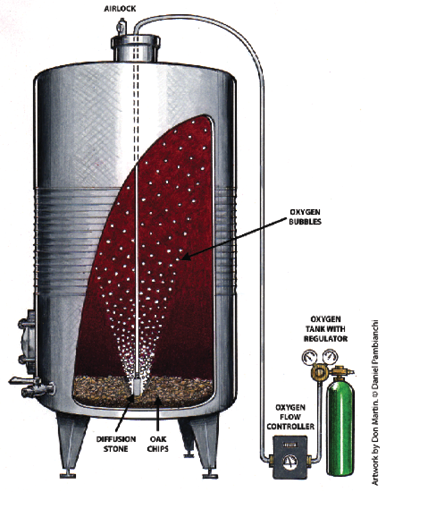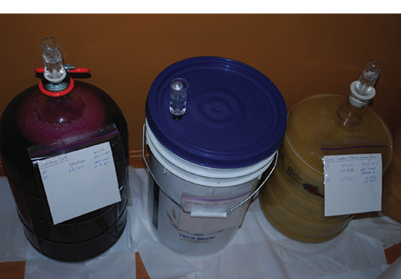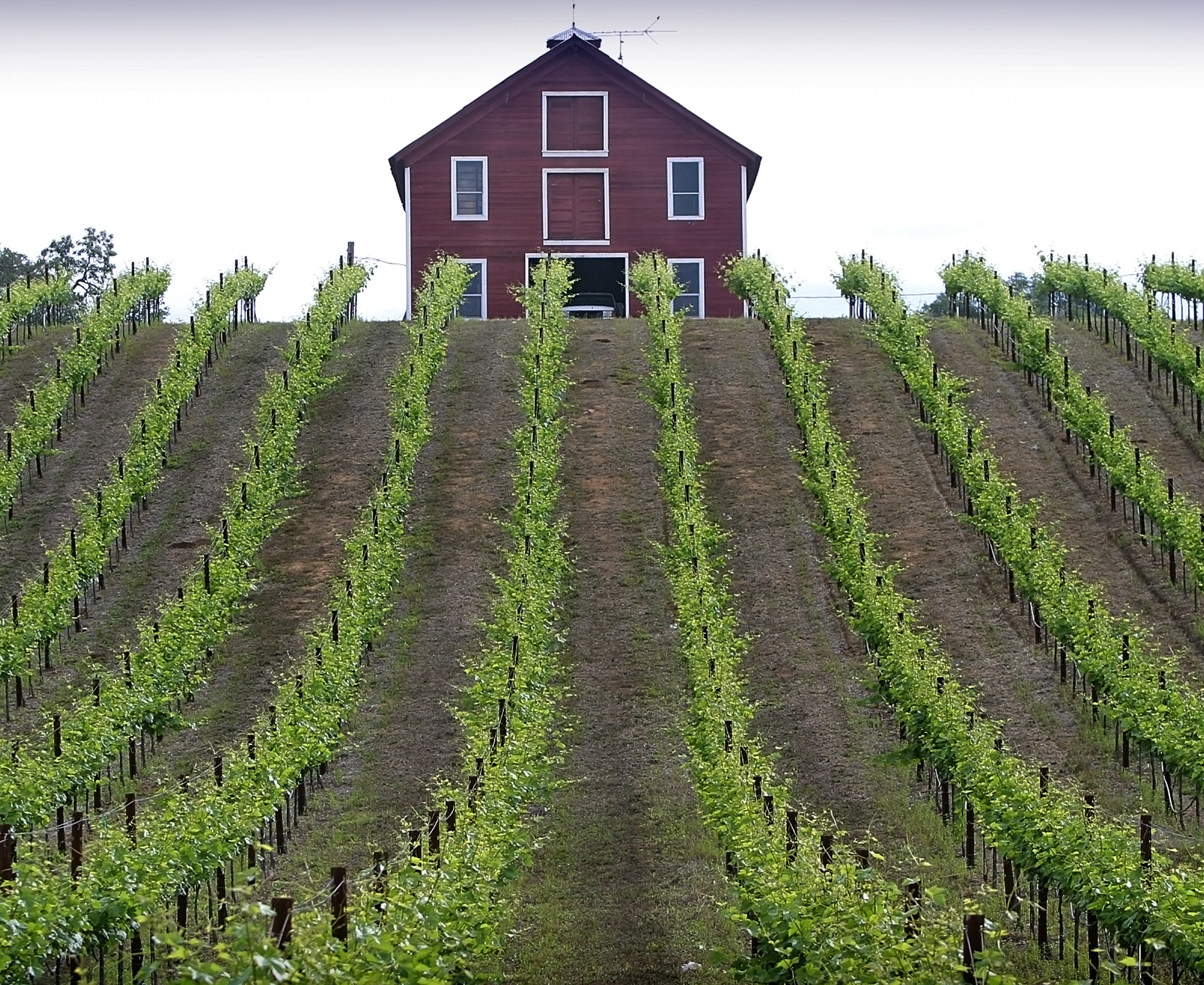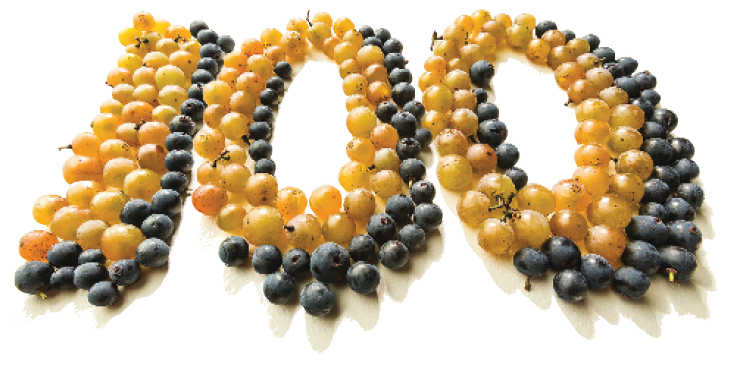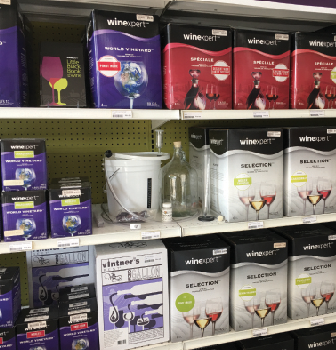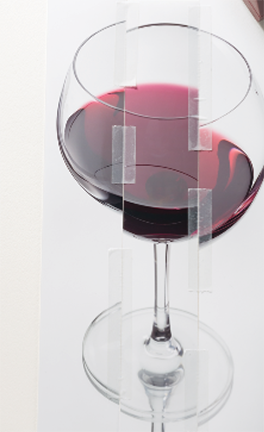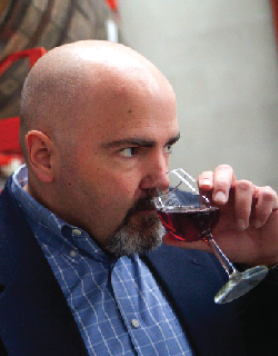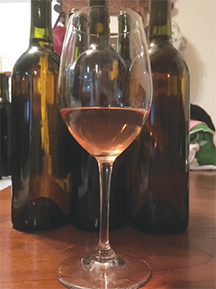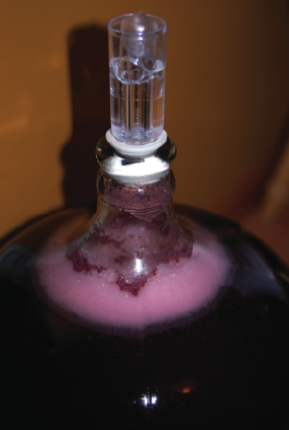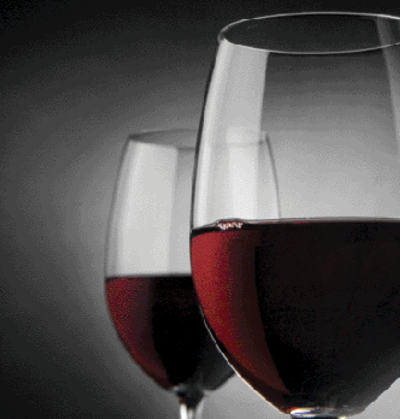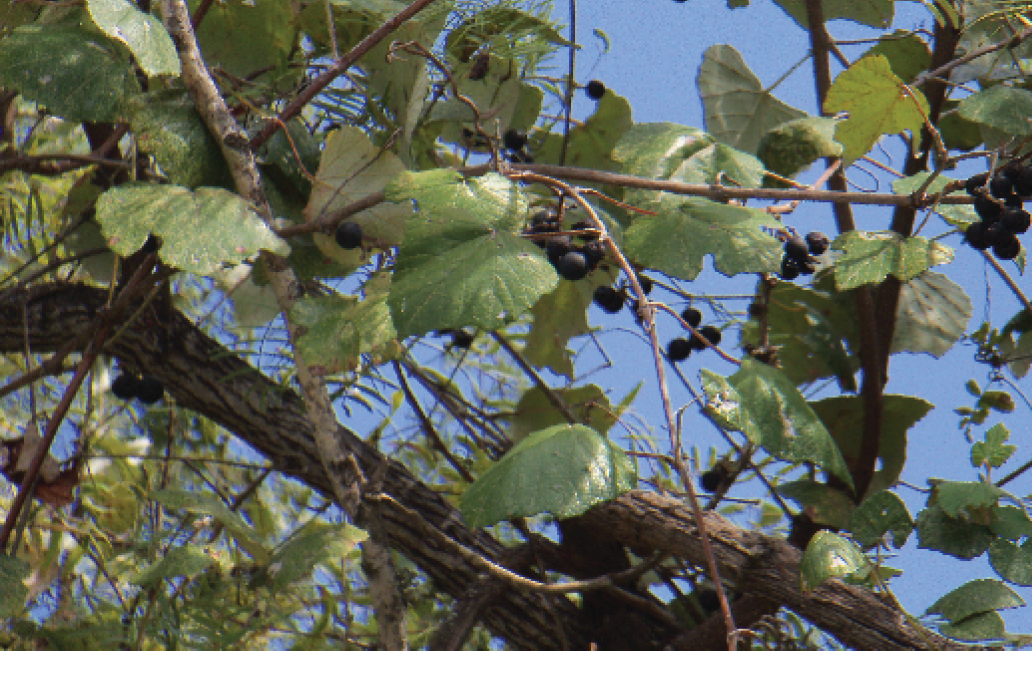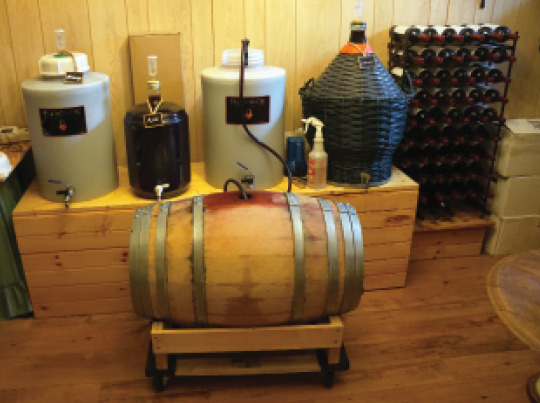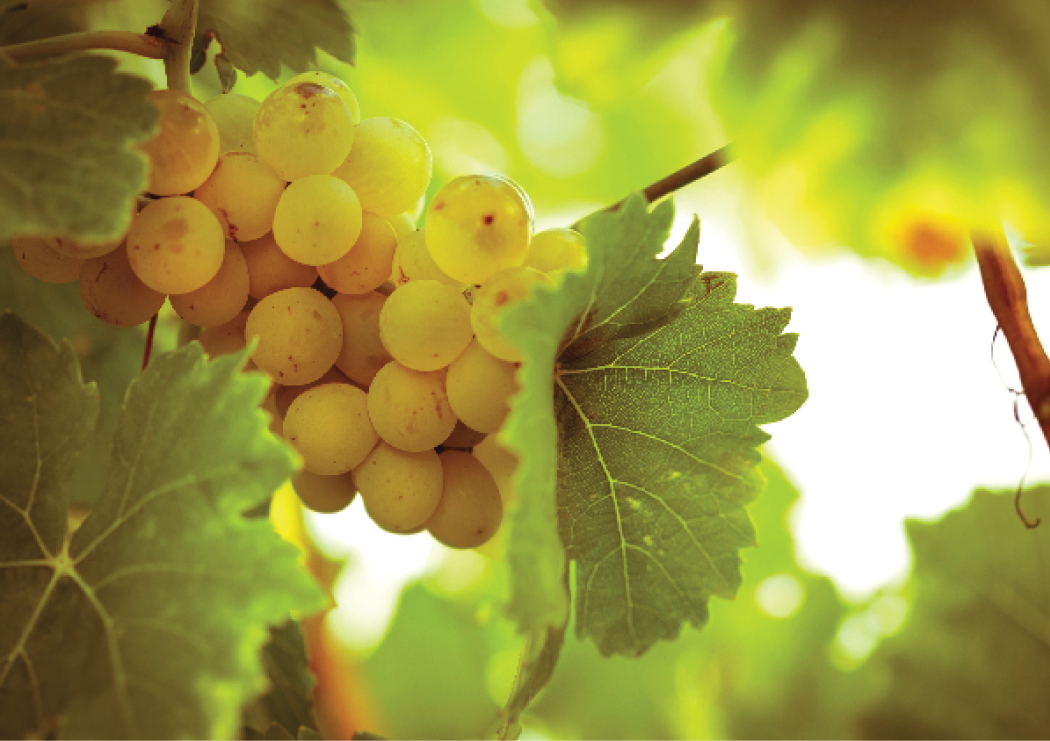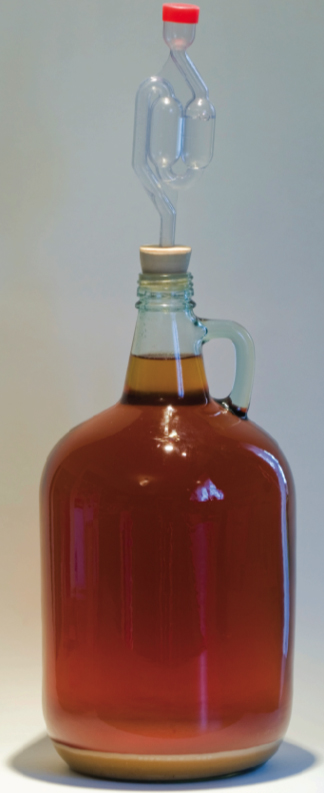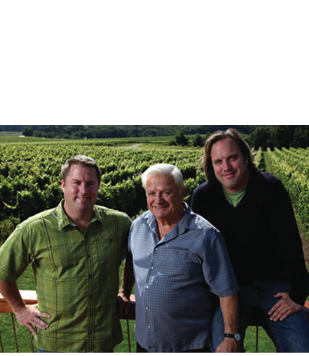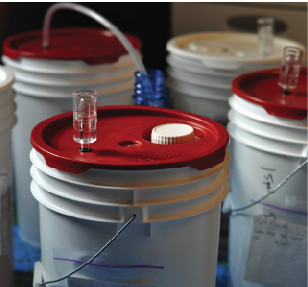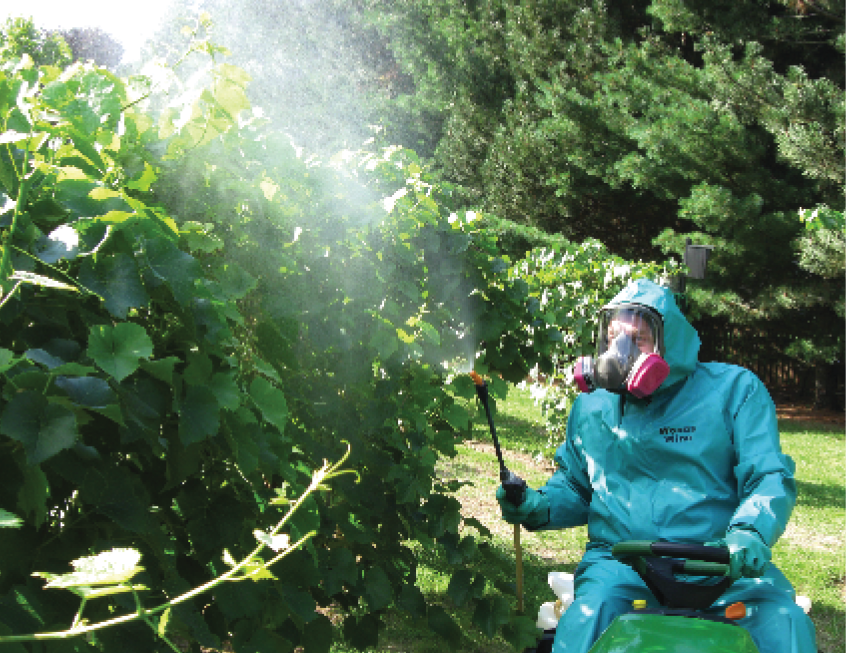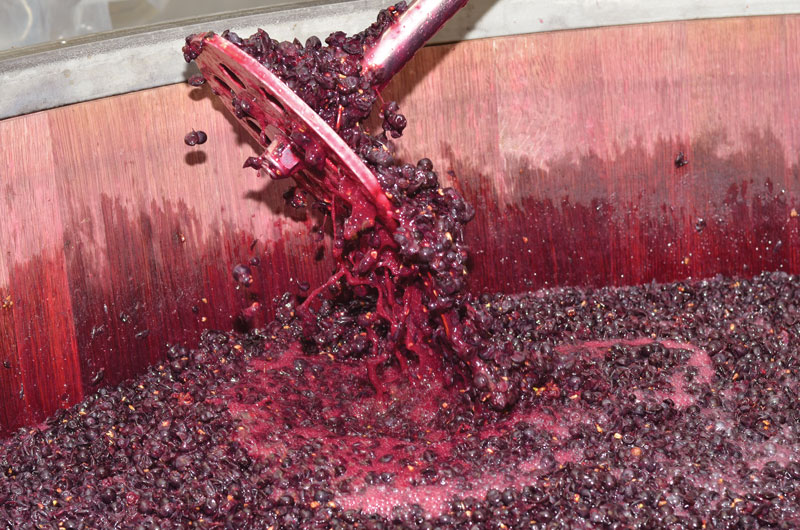Techniques
2012 WineMaker Competition Winners
4,318 entries 803 wine flights 1,511 total judging hours 50 American states 8 Canadian provinces 7 Countries From April 20 to 22, 2012, a total of 4,318 different wines were judged at
Fermenter Options for any Size Home Winery
When setting out to make wine from grapes, one of the first major decisions is what you will use as a fermentation container. For most winemaking, you will need a primary fermenter
Wild Yeast Fermentations: Tips from the Pros
Not every winemaker makes wine with commercially-cultivated yeast strains. In fact, lots of commercial winemakers let their wines ferment with wild yeast from the grapes and in the winery. Here we have
Making White Wines with Less Sulfite
Managing oxygen is key in making reduced-sulfite or sulfite-free wines. A dissolved oxygen (DO) meter is a wise investment; you can buy a portable model for less than $300. Then you can
Tannin Chemistry in Wine
It all starts with phenol. The tannins in wine make up one of the subgroups in a larger chemical family known as polyphenols. Those, in turn, are made up of phenol-derived molecules
Build a Ladder-Style Wine Rack
There are lots of different styles of racking you can use in your cellar, so it’s worth considering the advantages and disadvantages of each as you work out the details of your
10 Italian Red Wines to Make at Home
NEBBIOLO Nebbiolo derives its name from nebbia, in reference to the foggy conditions under which it is typically harvested, and possibly from nobile, as it is considered the most noble of Italian
Oak Alternatives: Tips from the Pros
A lot of home winemakers make small batches of wine that aren’t enough for a whole barrel. Thankfully there are lots of options for those of us making only a few gallons
Reducing Use of Winemaking Sulfites
Inexperienced amateur winemakers are often misled thinking that making red wine is easier — or at least more foolproof — than making white wine because reds are better protected by polyphenols from
Table Wine Kits
This article we’ll be discussing immediate and intermediate strategies for making table wines that can be consumed very young while still delivering the full and delightful wine experience. Strategy one: go cheap
Going Pro RoundTable
How do you break into the wine industry? Do you volunteer to help out at a local vineyard for a vintage? Do you go to winemaking school? Do you start out as
Top 100 Wine Kits 2012
Over 50 experienced judges evaluated a total of 2,552 wine kit entries as part of the 2012 WineMaker International Amateur Wine Competition. This large collection of kit entries was sent into the
How Wine Kits are Made
Unless you work in the industry, you’ll likely never have seen the inside of a wine kit manufacturer’s facility. For liability reasons, they don’t give tours to civilians. There’s something about running
Wine Blending Partners
Blending accomplishes several goals in winemaking. It can be done to improve flavor, mouthfeel, cover a defect, balance the chemical profile, adjust the alcohol content, emulate a commercial wine you enjoy or simply for product consistency. Blending is both a science and an art.
Meadmaking: Tips from the Pros
Meadmaking — like winemaking — has been around for thousands of years. And if you make wine you can also make mead using much of the same equipment. In this issue, two
Rosé Wine Kits
In a recent study commissioned in the UK, researchers studied the sociological data of people who expressed a preference for either red or white wine. In addition to mundane facts (red wine
Using Winemaking Enzymes
Many winemakers shun the use of additives, including enzymes, to respect the wine’s “naturalness.” But juice is laden with natural enzymes, and once inoculated with yeast, fermenting wine is under the control
Red Wine Color Stability
Keep the color in your reds by learning about color stability and how to achieve it.
Making Port Style Wine from Mustang Grapes
By far, the most prolific wild grape in Texas is the widely distributed Vitis mustangensis, or Mustang grape. It was historically the major wine grape of early settlers and remains a dominant
Your First Wine Barrel
After 15 years of making wine, I am finally embarking upon the use of barrels and it is very exciting. Just having the barrels in my homewinery creates an ambiance that is
Making Riesling Roundtable
Ask any wine expert and they will tell you — Riesling deserves its day in the sun. Long touted as one of the most food-friendly wines available, it’s versatility in the winery
Small-Space Home Winemaking
You can make wine even if you live in a small space. Here are some winemakers who do just that.
Growing Riesling Grapes: Tips from the Pros
If you live in a place with cooler weather and want to grow a versatile vinifera varietal, Riesling might be your best bet. Think Germany and Austria when you think of a
Understanding Oxygen and Oxidation in Winemaking
As budding winemakers, one important principle we heed is protecting juice (must) and wine from oxygen’s baneful effects. But then we learn that yeast needs a “little” oxygen for a good fermentation,
Small Scale Vineyard Spraying
This article will provide the backyard grape grower with a pragmatic guide to the use of pesticides on a small scale. I will cover an approach to developing a spray program for
